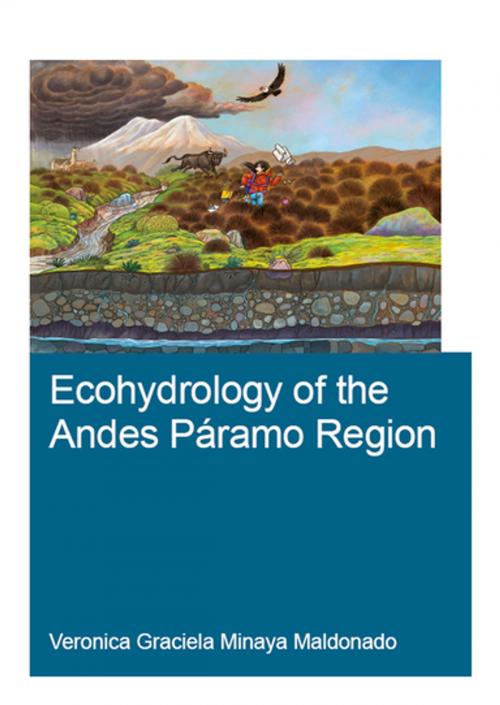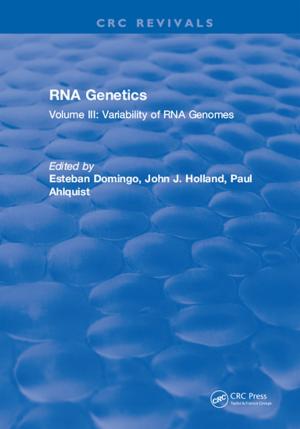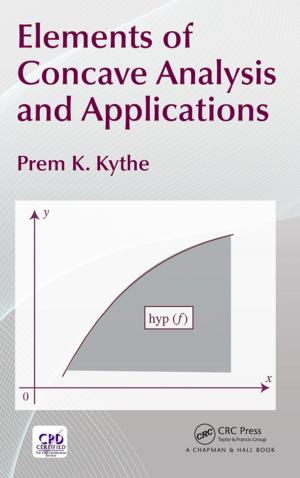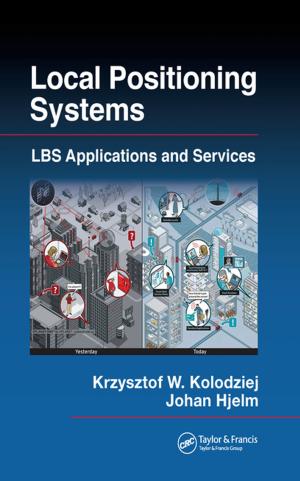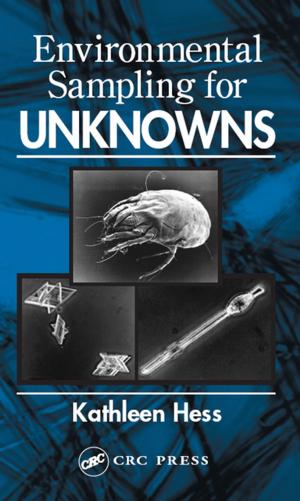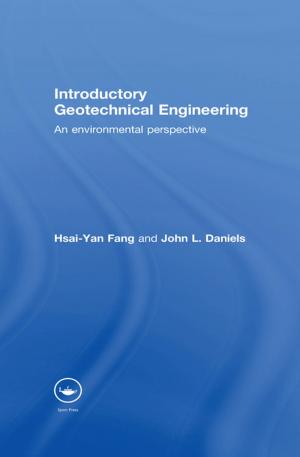Ecohydrology of the Andes Páramo Region
Nonfiction, Science & Nature, Technology, Engineering, Civil| Author: | Veronica G. Minaya Maldonado | ISBN: | 9781351647304 |
| Publisher: | CRC Press | Publication: | July 14, 2017 |
| Imprint: | CRC Press | Language: | English |
| Author: | Veronica G. Minaya Maldonado |
| ISBN: | 9781351647304 |
| Publisher: | CRC Press |
| Publication: | July 14, 2017 |
| Imprint: | CRC Press |
| Language: | English |
In the Andes mountainous region of South America grasslands known as páramos provide important ecosystem services like sustaining biodiversity, securing carbon sequestration and providing water storage. However, many páramos regions are subject to land use change due to expanding agriculture, intensified grazing and land burning. These are usually caused by socio-economic factors driving local communities to increase their income generation. Trying to achieve a better understanding of the páramos is often restricted to exploring specific details and does not follow an integrated approach or a comprehensive ecosystem analysis.
In this research the focus is on better understanding the dominant ecohydrological processes and their interactions. An integrated approach is followed using in-situ measurements, field experiments, laboratory analyses, and numerical modelling. Also, different hydroinformatics tools are used to identify and quantify the ecosystem services provided by the páramos. Moreover, a framework is developed that allows a more realistic quantification and mapping of the main ecosystem services. The approach was carried out for a test site in an Ecological area in North Ecuador. The findings show a clear difference in ecosystem services depending on their altitudinal range and type of vegetation. These results can be used to further develop environmental management and landscape planning strategies, in order to better meet the social goals. This research is aligned with the priorities advocated in the IPCC Report (2007) 'to improve representation of the interactive coupling between ecosystems and the climate system', and with SDG #15: Life on Land 'By 2020, ensure the conservation, restoration and sustainable use of terrestrial and inland freshwater ecosystems and their services'.
In the Andes mountainous region of South America grasslands known as páramos provide important ecosystem services like sustaining biodiversity, securing carbon sequestration and providing water storage. However, many páramos regions are subject to land use change due to expanding agriculture, intensified grazing and land burning. These are usually caused by socio-economic factors driving local communities to increase their income generation. Trying to achieve a better understanding of the páramos is often restricted to exploring specific details and does not follow an integrated approach or a comprehensive ecosystem analysis.
In this research the focus is on better understanding the dominant ecohydrological processes and their interactions. An integrated approach is followed using in-situ measurements, field experiments, laboratory analyses, and numerical modelling. Also, different hydroinformatics tools are used to identify and quantify the ecosystem services provided by the páramos. Moreover, a framework is developed that allows a more realistic quantification and mapping of the main ecosystem services. The approach was carried out for a test site in an Ecological area in North Ecuador. The findings show a clear difference in ecosystem services depending on their altitudinal range and type of vegetation. These results can be used to further develop environmental management and landscape planning strategies, in order to better meet the social goals. This research is aligned with the priorities advocated in the IPCC Report (2007) 'to improve representation of the interactive coupling between ecosystems and the climate system', and with SDG #15: Life on Land 'By 2020, ensure the conservation, restoration and sustainable use of terrestrial and inland freshwater ecosystems and their services'.
